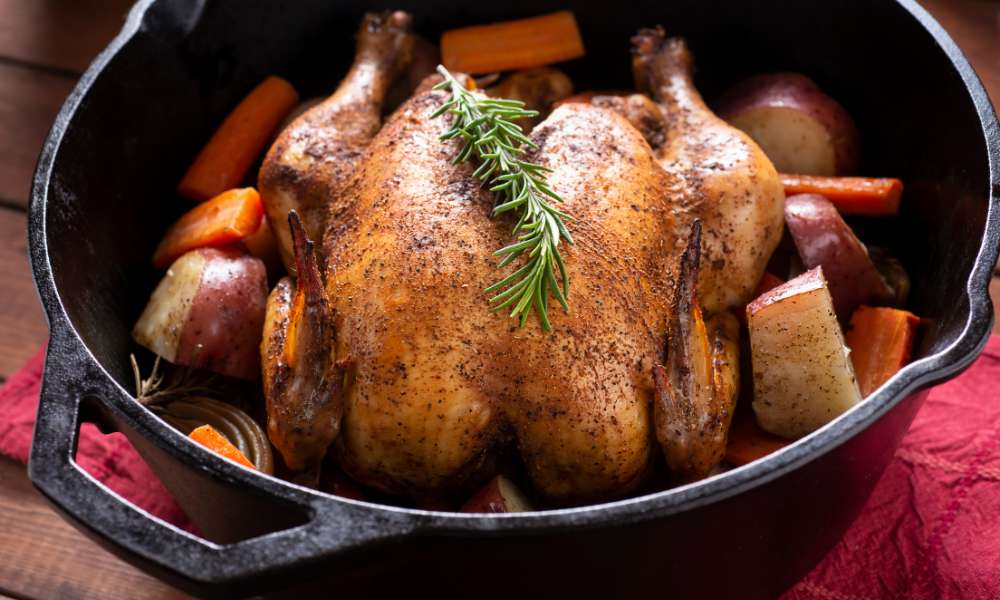The Dutch oven, a stalwart of kitchen equipment, is renowned for its exceptional versatility and enduring popularity among culinary enthusiasts. But what do you use a Dutch oven for? This article explores the myriad ways this traditional cookware enhances your cooking experience, from slow-cooking savory stews to baking fluffy breads and roasting tender meats. Ideal for both beginners and seasoned chefs, a Dutch oven simplifies complex cooking tasks and ensures flavorful results. Whether you’re cooking on a stovetop or over an open flame, discover how this all-in-one pot can transform your meals and elevate your culinary prowess in the kitchen.
Slow Cooking Meats to Perfection
A Dutch oven is ideal for slow cooking meats, ensuring they become tender and flavorful. Its heavy lid seals in moisture and heat, allowing the meat to cook evenly and slowly. This method is perfect for tougher cuts like brisket or pork shoulder, which benefit from the low and slow process to break down fibers, making them succulent and easy to pull apart. The consistent temperature maintained in a Dutch oven also means that every bite will be as perfectly cooked as the last, enhancing the natural flavors of the meat without drying it out. For best results, use low heat for several hours, and enjoy the rich, deep tastes that only this cooking method can provide.
Baking Artisan Breads in a Dutch Oven
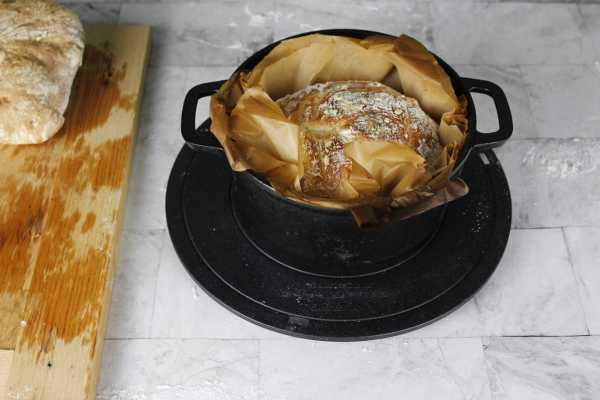
Baking artisan breads in a Dutch oven is a game-changer for home bakers seeking that perfect crust and soft interior. The heavy lid traps steam naturally produced during baking, mimicking a professional bread oven. This environment is ideal for creating a beautiful, crispy crust while keeping the inside moist and airy. Beginners and experienced bakers alike can enjoy the simplicity of this method, which requires minimal hands-on time but yields impressive results. Try baking classics like sourdough or a simple no-knead bread to see how a Dutch oven can elevate your homemade breads to new heights.
Simmering Hearty Stews and Soups
A Dutch oven is ideal for simmering stews and soups, thanks to its heavy construction and tight-fitting lid which help retain heat and moisture. This cookware distributes heat evenly, allowing flavors to meld beautifully over hours of slow cooking without the risk of burning. Whether it’s a rich beef stew or a light vegetable broth, the deep pot accommodates large batches, making it perfect for family meals or meal prep. Additionally, the enameled surface of many Dutch ovens enhances flavor development while minimizing sticking and staining, ensuring your soups and stews are not only delicious but also easy to cook and clean up after.
Roasting Vegetables and Meats Evenly
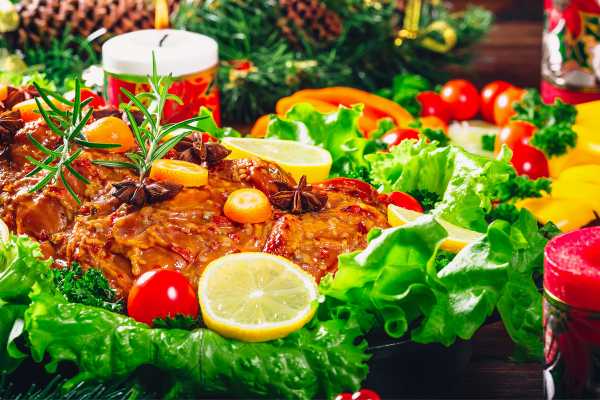
A Dutch oven’s excellent heat retention and even distribution are perfect for roasting vegetables and meats, ensuring they cook evenly and develop rich, complex flavors. The heavy lid seals in moisture, allowing your ingredients to baste in their juices, resulting in tender, succulent dishes. This method is especially effective for achieving a golden, crispy exterior while keeping the inside moist and flavorful. Whether you’re preparing a Sunday roast, a simple vegetable medley, or a festive holiday dish, the Dutch oven remains an indispensable tool for cooks aiming to enhance the natural tastes and textures of their ingredients with minimal effort.
Deep-Frying Foods Crisply and Safely
A Dutch oven is ideal for deep-frying due to its thick walls and heavy bottom, which help maintain a stable oil temperature essential for crispy, evenly cooked food. When frying, fill the Dutch oven with oil no more than halfway to prevent spills and ensure there’s enough space for food to submerge without overflow. Use a thermometer to monitor the oil temperature, aiming for 350-375°F for optimal frying results. Always dry food thoroughly before submerging it in oil to reduce splattering. Following these steps will ensure that your fried dishes, from crunchy chicken to golden fries, turn out perfectly safe and delicious every time.
Making Casseroles and One-Pot Meals
The Dutch oven excels in the kitchen, particularly when it comes to making casseroles and one-pot meals. Its heavy lid seals in moisture and heat, allowing ingredients to cook slowly and meld flavors beautifully. This makes it ideal for creating everything from a cheesy lasagna to a spicy jambalaya. The even heat distribution ensures that every component, whether it’s tender vegetables or robust grains, cooks perfectly. Furthermore, its ample size allows for large batches that can feed a crowd or provide leftovers for the week. Embrace the simplicity and delight of one-pot cooking with a Dutch oven, making meal preparation both easy and delicious.
Preparing Delicious Desserts and Bakes
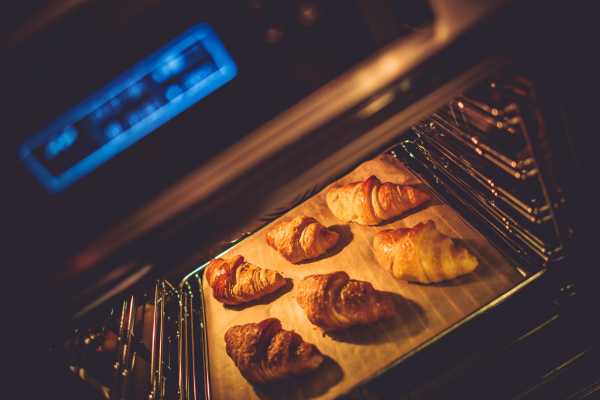
A Dutch oven isn’t just for savory dishes; it excels in baking too. Its thick walls and tight-fitting lid create an ideal environment for moist, evenly baked desserts. You can whip up everything from cobblers and cakes to bread pudding and deep-dish cookies. The heat retention properties of the Dutch oven ensure that desserts cook gently, allowing flavors to develop fully and textures to perfect. For a delightful twist, try baking a chocolate lava cake or a seasonal fruit crisp in your Dutch oven and enjoy the sumptuous, comforting flavors that emerge, rivaling the capabilities of traditional ovens with its unique cooking style.
Braising Meats and Vegetables for Depth of Flavor
Braising in a Dutch oven is a culinary technique that enhances the flavor and texture of meats and vegetables. This method involves first searing the ingredients at a high temperature to develop a rich, caramelized crust. Then, they’re slowly cooked in a small amount of liquid, which allows the tough fibers to break down and become incredibly tender. The tight-fitting lid of the Dutch oven traps steam and circulates moisture, infusing the food with flavor and ensuring even cooking. This technique is perfect for tougher cuts of meat and denser vegetables, transforming them into succulent, flavorful dishes that are sure to impress at any meal.
Steaming Foods for Healthy Cooking
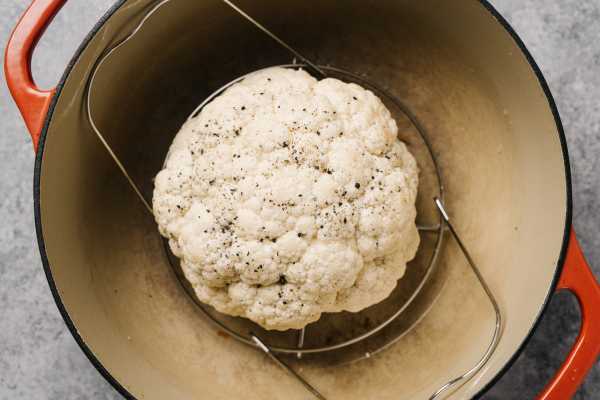
Steaming food in a Dutch oven is an excellent method for preserving nutrients and achieving light, healthy meals. This cooking technique allows vegetables, fish, and even poultry to cook gently in the rising steam, locking in flavors and essential vitamins without the need for oils or fats. Simply add a small amount of water to the bottom of your Dutch oven, insert a steamer basket, and let the heat do the rest. This method not only maintains the integrity of your ingredients but also enhances their natural tastes, making it a favorite for health-conscious cooks aiming to prepare nutritious and delicious dishes effortlessly.
Techniques for Cooking Outdoors with a Dutch Oven
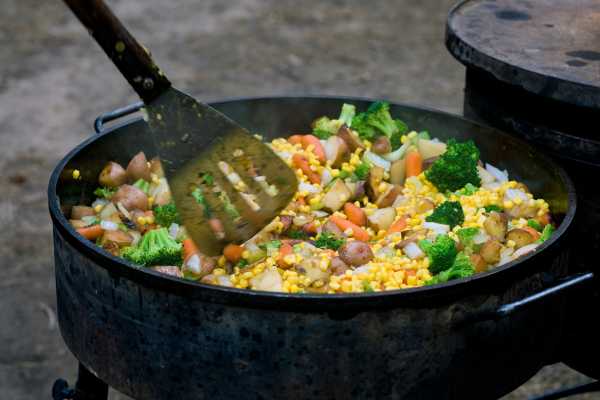
Cooking outdoors with a Dutch oven is an exciting way to create delicious meals in nature. To get started, choose a flat, stable surface and use charcoal briquettes or wood to create even heat distribution. Place the Dutch oven over hot coals, and for recipes requiring even cooking, add coals to the lid for top heat. This method is ideal for slow-cooking stews, roasting meats, or baking breads and desserts. Always preheat the oven and adjust the coals as needed to maintain the right temperature. With a bit of practice, you can master outdoor cooking and enjoy hearty meals infused with the flavors of the open air.
Conclusion
Understanding what you use a Dutch oven for opens up endless culinary possibilities. From slow-cooking hearty meals to baking artisan breads and exploring outdoor cooking adventures, this versatile tool is an invaluable addition to any kitchen. Its ability to distribute heat evenly ensures perfect results for a wide range of dishes, whether you’re simmering, roasting, or baking. A Dutch oven isn’t just cookware—it’s an investment in cooking convenience and flavor. By mastering what you use a Dutch oven for, you can elevate your meals and enjoy the satisfaction of creating restaurant-quality dishes at home. Embrace the versatility of a Dutch oven, and let it inspire your next culinary masterpiece.
